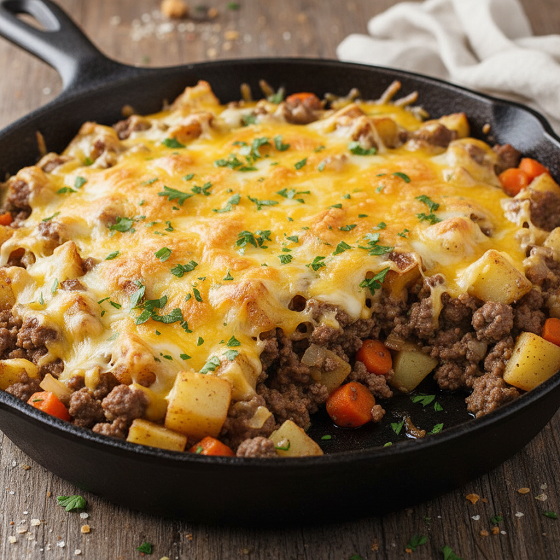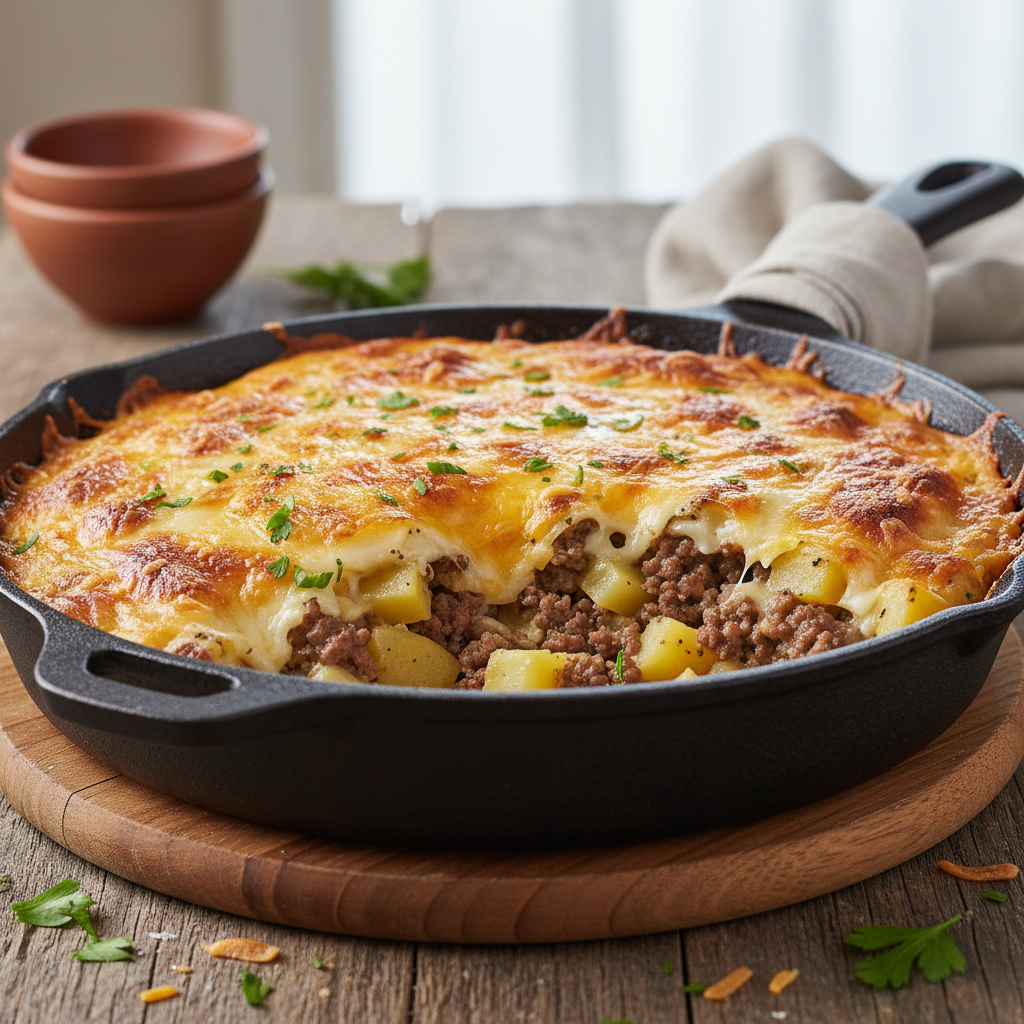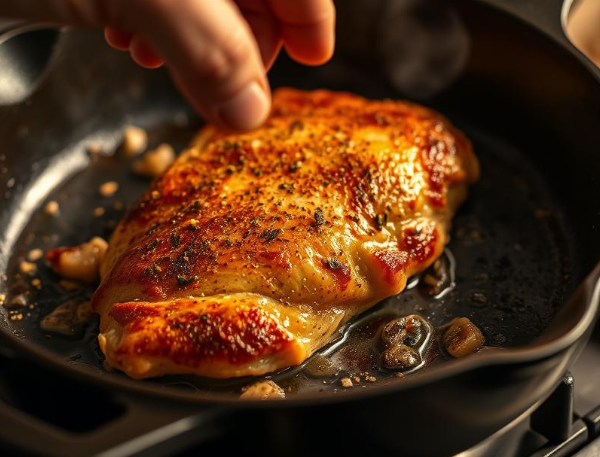Introduction: A Hearty Trip Down Memory Lane
Introduction: A Hearty Trip Down Memory Lane
Ingredients and Prep: The Foundation of Flavor
Essential Ingredients
Preparation Techniques
Cooking the Stew: Slow and Steady Wins the Race
Brown, Simmer, and Slow-Cook
Secrets to a Perfect Consistency
Personal Touches and Serving Suggestions
Grandma’s Special Ingredients
Complementing Dishes
Conclusion: More Than Just a Recipe
If you’ve ever searched for a classic beef stew recipe, you know it’s about more than just tossing meat and veggies into a pot. Grandma’s timeless beef stew is the ultimate comfort food—packed with tender beef stew meat, perfectly cut into inch cubes, and slowly cooked to develop rich, hearty flavors that nourish both body and soul.
Whether you favor the traditional stovetop approach or the ease of a slow cooker or instant pot, this recipe walks you through crafting a savory sauce. Thickened with tomato paste and infused with aromatic bay leaf, onions, garlic, and a splash of red wine or worcestershire sauce, the broth is truly elevated. As the beef and potatoes simmer gently, the result is a tender, soul-warming stew that feels like a nostalgic hug.
Ready to create an easy beef stew that could become your family’s new favorite? Let’s dive into this delicious journey.
Ingredients and Prep: The Foundation of Flavor
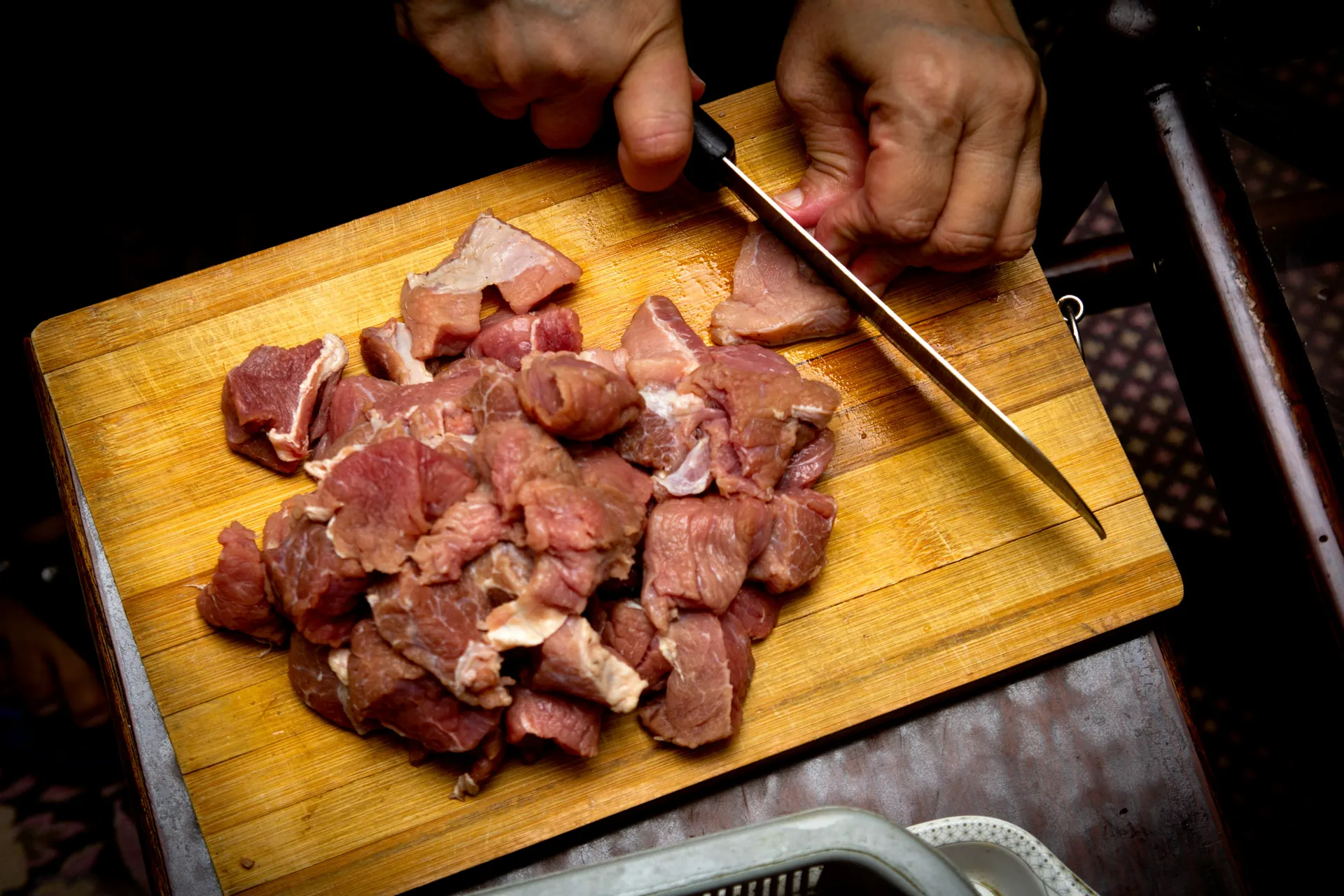
Essential Ingredients
The heart of any great beef stew begins with the best beef stew meat you can find, ideally beef chuck roast cut into inch cubes. This cut is ideal because its marbling and connective tissue break down during cooking, transforming into tender, flavorful pieces.
To create layers of flavor, include classic aromatics such as onions, garlic, carrots, and celery, all diced uniformly to ensure even cooking. A base of rich beef broth combined with a dollop of tomato paste adds a deep umami flavor and helps thicken the sauce. Enhance the taste further with a splash of red wine and a few dashes of Worcestershire sauce. Round out the seasoning with salt, ground black pepper, and a fragrant bay leaf for a subtle herbal aroma.
To complete the dish, include hearty potatoes. They absorb the stew’s rich flavors and provide the comforting texture you expect from a slow-cooked meal.
Preparation Techniques
Proper preparation is key to making your stew exceptional. Begin by cutting the beef into inch cubes of equal size. This ensures the meat cooks evenly and becomes melt-in-your-mouth tender.
Before cooking, coat the beef in a mixture of flour, salt, and pepper. This step not only seasons the meat but also helps the flour naturally thicken the broth during cooking. Brown the beef pieces in a few tablespoons of olive oil over medium-high heat. This step seals in the juices and creates a flavorful fond on the bottom of the pot, which will later enhance the stew’s sauce.
Next, sauté the onions and garlic until softened and aromatic. If you’re using a slow cooker or instant pot, layer the ingredients carefully and pour in the broth and seasonings. This layering ensures that each ingredient melds together perfectly during the long cooking process while maintaining its unique contribution to the dish.
While these steps may require a bit of effort upfront, they lay the foundation of flavor that makes a classic beef stew truly unforgettable—just like Grandma’s timeless recipe.
Cooking the Stew: Slow and Steady Wins the Race
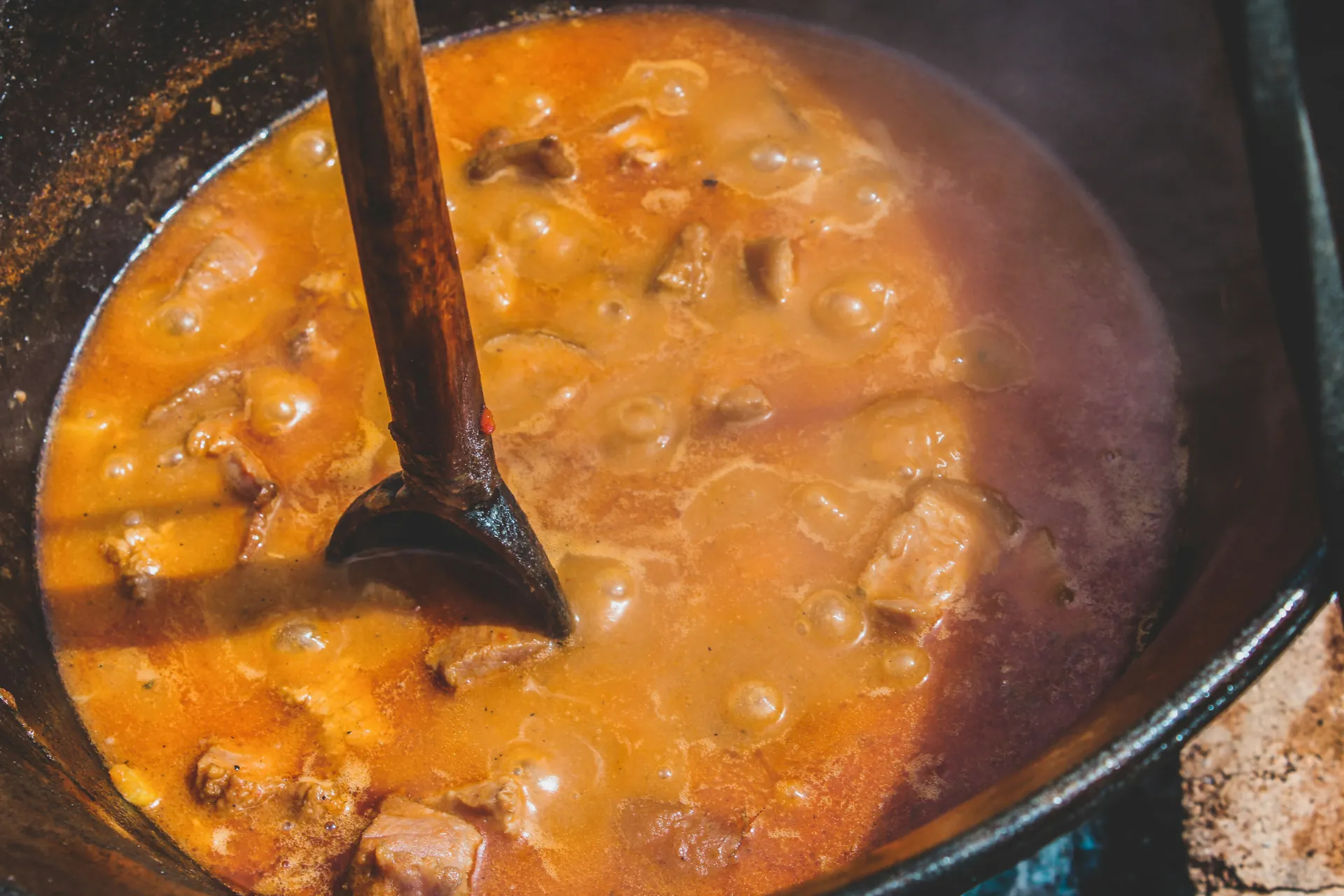
Brown, Simmer, and Slow-Cook
The key to achieving that melt-in-your-mouth tenderness in your beef stew is starting with properly browned stew meat. Begin by heating a few tablespoons of olive oil in your pot and searing the beef chuck roast, cut into inch-sized cubes, until each piece develops a rich, caramelized crust. This step builds deep flavor through the Maillard reaction and creates those irresistible browned bits at the bottom of your pot that will later enrich the sauce.
After browning, add your aromatics—onions and garlic—and give them a good stir to soften and release their savory scents. From there, pour in your liquids, such as beef broth and a splash of red wine. Season with salt, pepper, and a touch of worcestershire sauce. Cover the pot and let your stew simmer gently.
Whether you opt for the traditional stovetop simmer or use a slow cooker to cook on low for several hours, the stew benefits immensely from slow cooking. This process allows the connective tissue in the beef to break down, resulting in tender, flavorful meat and a rich, hearty broth.
Secrets to a Perfect Consistency
Achieving the ideal consistency is another key step in crafting the best beef stew. Coating your beef cubes with a light dusting of flour before browning helps naturally thicken the sauce as the stew cooks.
Additionally, stirring in a dollop of tomato paste adds not only vibrant color but also a slight thickening effect. Keep an eye on the liquid level throughout cooking, and add more beef broth or water if needed to prevent the stew from becoming too dry or overly thick.
Adding hearty potatoes during the last hour of cooking ensures they soften without becoming mushy. As they cook, they release starch that subtly thickens the stew. Stir occasionally but gently to encourage even cooking and prevent sticking.
By following these careful slow-cooking techniques, you’ll create a beautifully balanced, flavorful, and tender stew. It will feel as though it was simmered with love—just like Grandma used to make.
Personal Touches and Serving Suggestions
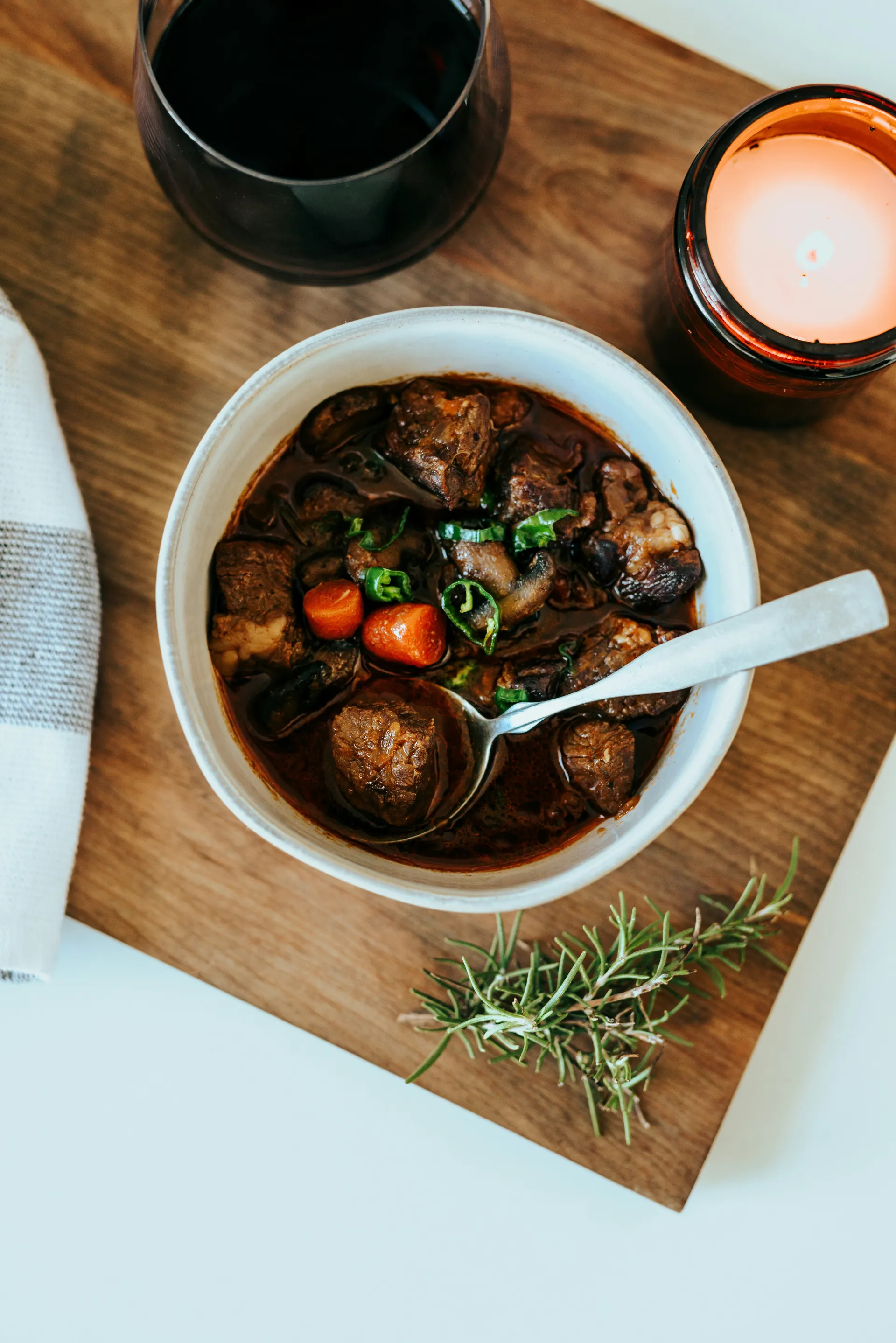
Grandma’s Special Ingredients
Grandma’s classic beef stew recipe often included a few special touches that turned a simple meal into a cherished tradition. For instance, she would sometimes add a generous splash of Worcestershire sauce or a hint of red wine to deepen the flavor of the beef broth base, giving the stew a uniquely rich and complex taste.
A couple of lovingly placed bay leaves infused subtle herbal notes, while careful seasoning with salt and ground black pepper balanced all the ingredients perfectly. Many cooks choose to add a bit of tomato paste, not only for its flavor but also to naturally thicken the sauce. These seemingly small additions elevate the hearty stew beyond just meat and veggies, embodying the warmth and love of a home-cooked meal.
Complementing Dishes
To make your beef stew meal truly unforgettable, pairing it with the right sides is essential. Classic choices like creamy mashed potatoes or rustic roasted potatoes provide a perfect backdrop to soak up the savory sauce. A fresh green salad brings a crisp contrast, balancing the stew’s richness with lightness and vibrant flavors.
Crusty bread, such as a warm French baguette or garlic crostini, is wonderful for dipping and savoring every last drop. For added variety, consider sides like buttery cornbread or cheesy biscuits, which complement the stew’s hearty profile beautifully. These thoughtfully chosen accompaniments make the meal feel complete, inviting everyone to gather around the table and enjoy the comforting feast.
Conclusion: More Than Just a Recipe
Grandma’s classic beef stew is more than just a collection of ingredients; it’s a true celebration of slow cooking, tender meat, and deeply developed flavors that bring comfort to any table. By using quality beef stew meat, aromatic herbs like bay leaf, and rich beef broth, and giving the stew the time it needs to simmer low and slow, you create a dish that feels like home.
Now it’s your turn to take this timeless beef stew recipe, add your personal touches, and enjoy a heartwarming meal that will surely become a family favorite. Happy cooking!
FAQ
What type of beef cut is best suited for Grandma’s Classic Beef Stew recipe?
The best beef cut for Grandma’s Classic Beef Stew is chuck roast because of its ideal balance of meat, fat, and connective tissue. During slow cooking, the connective tissue melts into gelatin, resulting in tender, flavorful meat and a rich broth. Other excellent options include oxtail, short ribs, brisket, and stew meat with high collagen content.
How long should the beef stew be simmered to ensure tender meat and rich flavor?
For the best results, simmer the beef stew on low heat for 7 to 8 hours or on high heat for 3 to 4 hours. This ensures the meat becomes tender and the flavor fully develops. The slow cooking process allows the beef and vegetables to become fork-tender while enhancing the overall taste.
Can I prepare Grandma’s Classic Beef Stew in one pot, and what are the essential vegetables to include?
Yes, Grandma’s Classic Beef Stew can be prepared in one pot—whether it’s a stockpot, slow cooker, or pressure cooker—for added convenience and flavor melding. Essential vegetables include onions, celery, carrots, and potatoes. Some recipes also suggest adding peas and garlic to enhance the flavor profile.
What are recommended tips for thickening the stew broth to achieve the right consistency?
To thicken the stew broth, you can:
- Use a slurry of flour or cornstarch mixed with cold water and add it near the end of cooking.
- Make a roux by cooking equal parts fat and flour before incorporating the liquid.
- Dredge the meat in flour before browning it.
- Reduce the stew by simmering to naturally concentrate flavors and thicken the broth.
Remember to add thickeners gradually to avoid over-thickening. Cornstarch is gluten-free but creates a gelatinous texture, while flour provides a silkier finish.
